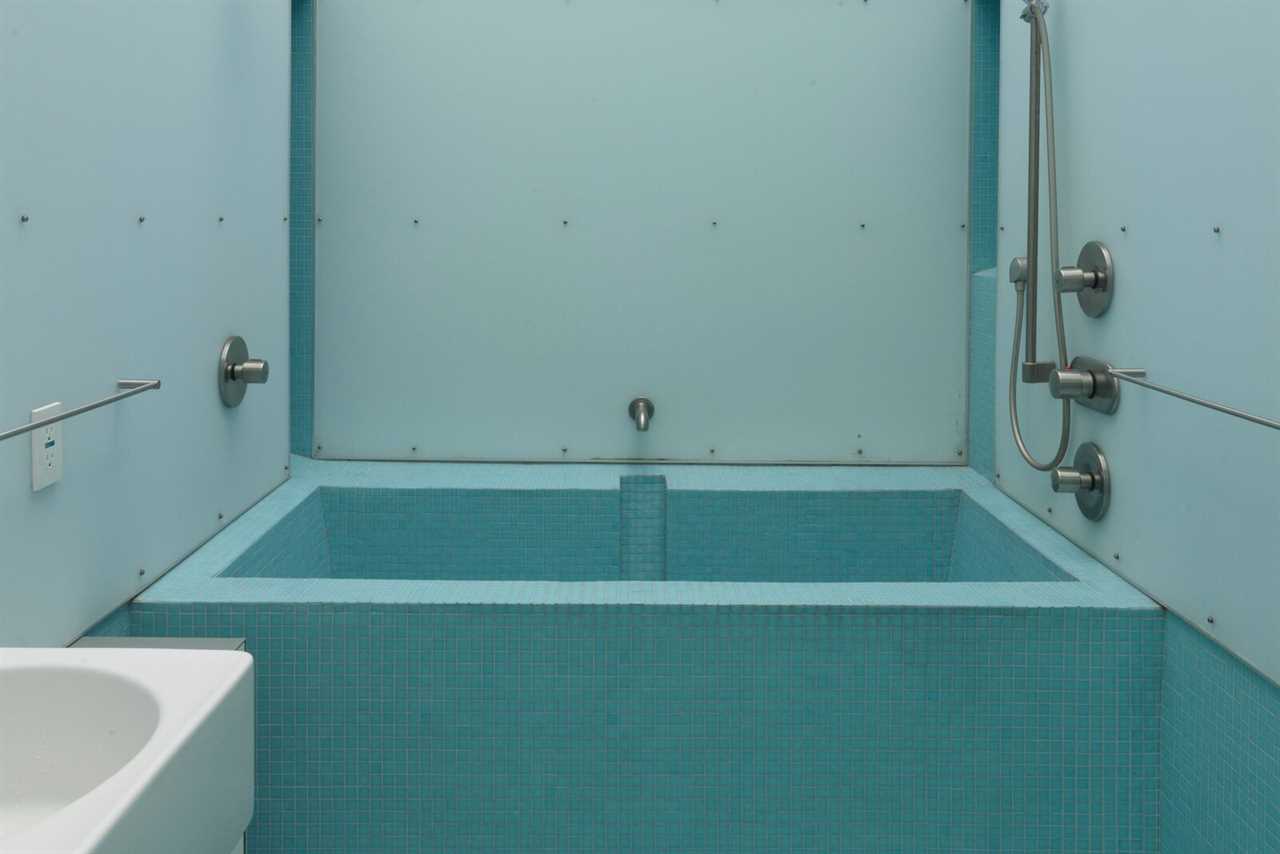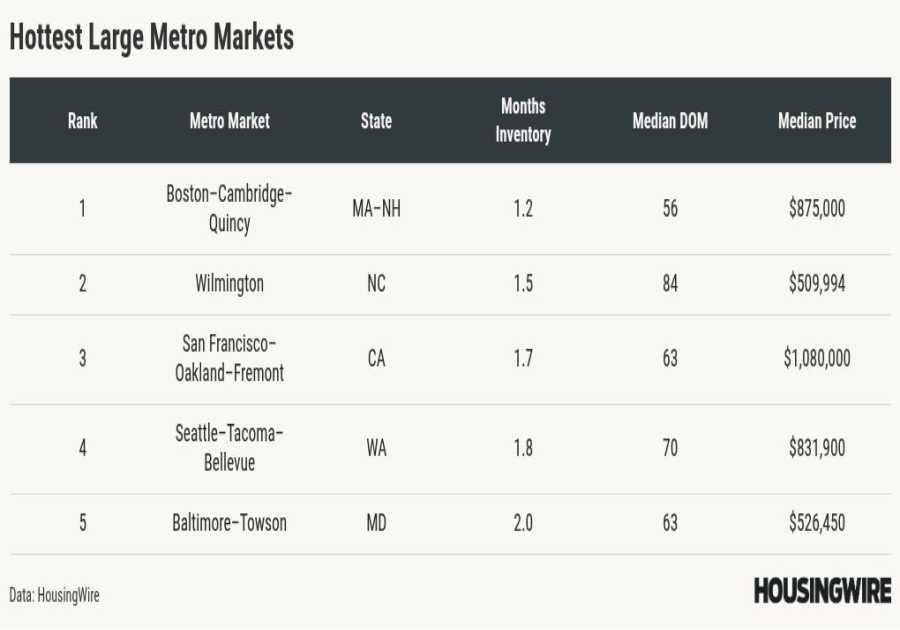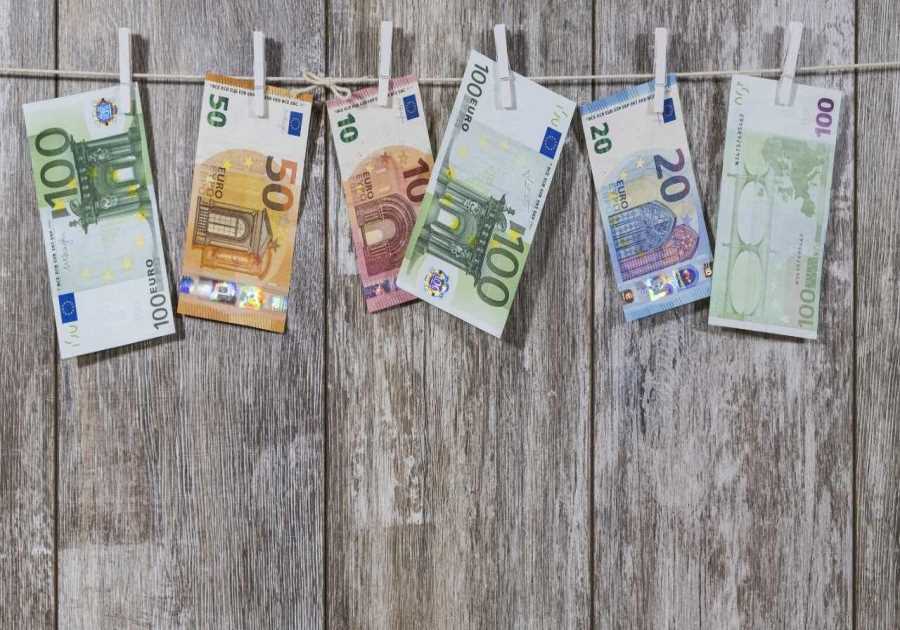Michael Taylor is on a one-man mission to preserve and restore bathrooms of yore, one baby-blue tile at a time.

The worst thing about my hideous and boring gray bathroom is that it’s hideous and boring. The other worst thing about this bathroom is mourning whatever tiled wonders the tragic mid-aughts renovation excavated in exchange for this joyless neutrality. Our house is a Victorian-style weirdo, just over a century old, so whither the weirdo bathrooms of yore? What gaudy, matchy-matchy tile bathrooms shone here before? Though my sadness is certainly the most acute of anyone’s, this shameful practice occurs everywhere across America: Colorful, vintage tiled bathrooms are replaced with the white, gray, stone, quartz-y contemporary standard.
There’s a one-man endeavor in America trying to put a stop to all this. Michael Taylor, based in Southern California, has worked in vintage tile preservation for over 3o years. He’s an evangelist for vintage tile (his tagline and his bio on his energetic Instagram account is "I won’t say Tear it Out!"). An average week for Taylor involves stabilizing loose and cracked lavender bathroom tiles, looking for vintage tiles in dumpsters outside of gutted houses, evacuating a mold problem and returning a dusty pink tile floor to its rightful home, or sourcing replacement tiles in the most incredible moss green.
So if you want to protect and nurture your eccentric butter yellow tile bathroom or your robin’s egg blue tile kitchen, here’s what the tile king expert can teach us.
Vintage tile should be a treasure of your home
Taylor is prepared with a quip about Americans’ contradictory relationship to status. "What’s funny about Americans is they will spend $100,000 for a new bathroom remodel and brag about their quartz. Then they go to Europe and take pictures of old stuff to brag about!"
Of course, the vintage tile is a sign of status hunger as well, just a dated one. Taylor says that during the 1920s, when a lot of the properties he worked on were built, tiles constituted a third of the cost of the house. "If you were making money and you wanted to show it off, you would tile up the face of a clawfoot bathtub. That was a sign you had arrived."
Now that a lot of modern tile is more junky and cheaply made, people are likely to under-value the vintage tile in their home—sometimes by a good deal. Taylor has gone into bathrooms and found antique jade used for detailing and a tiled mosaic of Dutch-style youth clogging that was worth hundreds of thousands of dollars.
And yet, there's an instinct for neutrality
Of course, it’s reasonable to assume that a tile tableaux of Dutch cloggers might not be universally appealing. And it’s the very personality that vintage tile bathrooms have (incredible shades! funny zig-zag shapes!) that goes against some long-held logic about resale value. Realtors often prize a blank slate—which is neutral or white or quartz or marble. Taylor says he’ll be brought into a house, preparing for a sale, to help with tiling in a bathroom and "I’ll pass a tiled 1932 kitchen and the realtor and interior designer are saying, ‘Oh that will be the first thing to go.’ Realtors get all that stuff removed."
It’s never the tile, it’s always the grout
"America is like the land of demolition!" Taylor declares. He loves vintage tiles indiscriminately, but he’s strict about what’s vintage. "If I get one more call from somebody asking me to regrout their vintage 1990 tiles, I’ll lose my—" he trails off and then picks up quickly. "Vintage ends in 1969. Anything in the ’70s is starting to get into mass production and planned obsolescence."
Taylor says that most tile made before the 1970s is made to last. He references some tile that’s still intact from Pompeii to support this point. "Tiles have been around for 4,500 years, you know," he says. However the grout around the tile does deteriorate dramatically: it gets crusty, dusty, and very stained—often with cigarettes’ past.
"A lot of this tile was installed during Prohibition, and people would have big parties in their houses," says Taylor, and "the more tile you had in your bathroom, the better the acoustics were. So people would put the stereo in the bathroom and get music throughout the home. People would be over, listening to the radio, standing, or sitting in the bathtub and smoking."
So even though these grout stains also reek of history, it’s good to replace the disintegrating cement composite surrounding the precious tiles. In 2012, Taylor patented his invention for this work: a regrouting tool for home projects that lets people remove and lift old grout easily in order to replace the grout and retain the tile.
Taylor also warns against hiring tile setters here, as they aren’t trained to restore old tile. "You gotta remember, they get paid to tear out tile. There’s no incentive for them to preserve or to learn how to keep old tile, because they get paid to take it out and put crap back in," Taylor says. "A tile setter is trained to demolish your beautiful vintage charismatic tile! That just kills me."
(Well, sometimes the tile is the problem)
Hundred-year-old tile is beautiful, charismatic, and made to last—but it’s not impervious. "I say in L.A. county, which is earthquake country, if you have vintage bathroom floors that don’t have a crack in them, I’ll regrout the whole bathroom for free. They’ve just survived many earthquakes and aftershocks." If a tile is cracked in two, says Taylor, you can superglue it. But if it’s cracked in more than two pieces, that individual tile should be replaced.
So how do you find the source for a perfect cherry-blossom pink tile from the 1920s? The first place to try is scary but accessible: the basement. Taylor says more often than not, if your house has a basement, there’s a box of old tile under the house. If you don’t get lucky, there are a handful of vintage deadstock tile suppliers, who Taylor says are often generous about looking at pictures and finding a match. And recently, when Taylor was working on a project in L.A. with 1926 tiles, they couldn’t find the exact same buttercream yellow shade, but he did find a supply of dusty pink and used them to create a little flower design.
And maintenance is mostly avoidance...
Vintage tile, being high quality, is easy to clean and maintain. The finicky grout is a bit of another story. Taylor is vehemently anti-product here: "no Comet, bleach, Clorox, or Tilex!" These are all water-activated, "which agitates the grout. It just burns the grout out." Taylor recommends a simple mixture: 20 percent white vinegar with 80 percent water.
Top photo originally found in Just Redo It
We love the products we feature and hope you do, too. If you buy something through a link on the site, we may earn an affiliate commission.
Related Reading:
How to Research Your Home’s History
Read More
By: Maggie Lange
Title: Let Instagram’s Favorite Vintage Tile Expert Show You How to Take Care of Yours
Sourced From: www.dwell.com/article/how-to-clean-restore-vintage-tile-ec22bfec
Published Date: Tue, 10 Oct 2023 19:05:55 GMT
Did you miss our previous article...
https://trendinginbusiness.business/real-estate/9-popular-orlando-neighborhoods-where-to-live-in-orlando-in-2023
.png)





